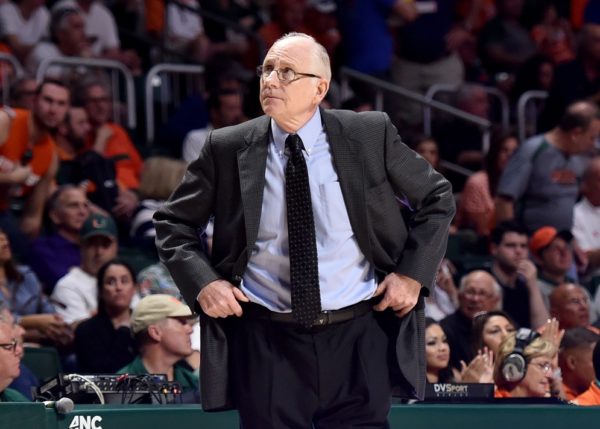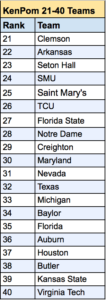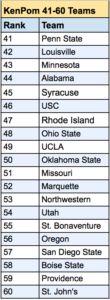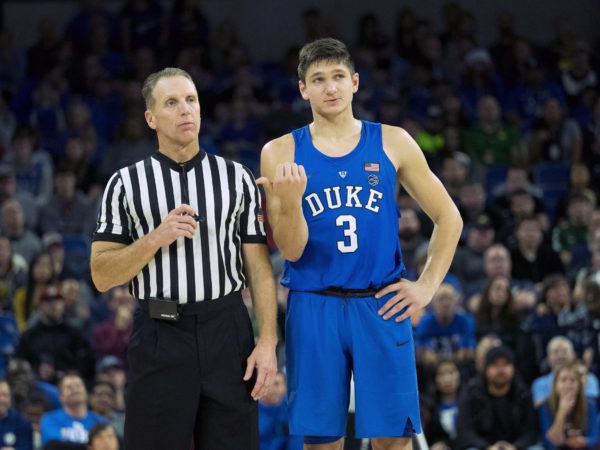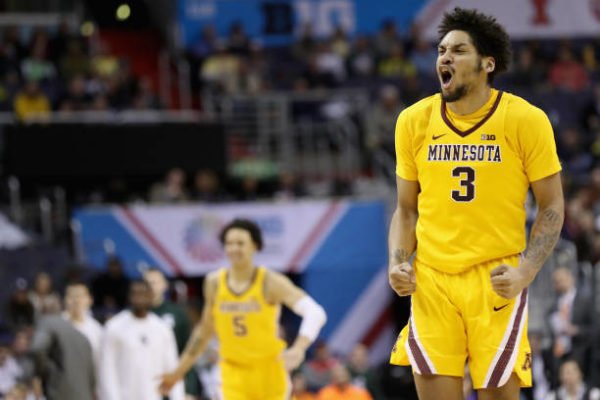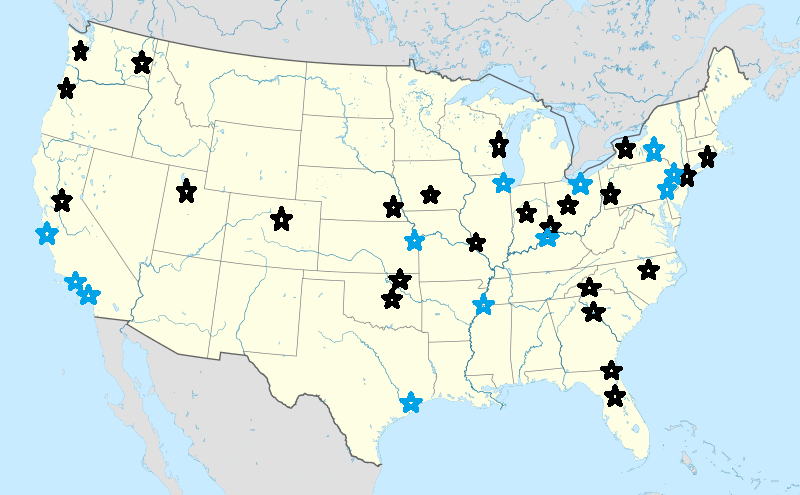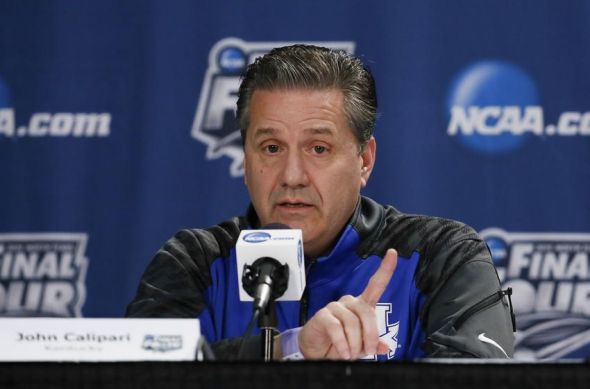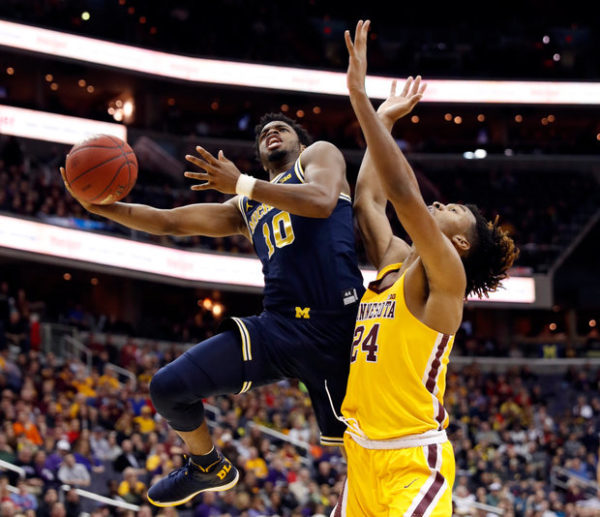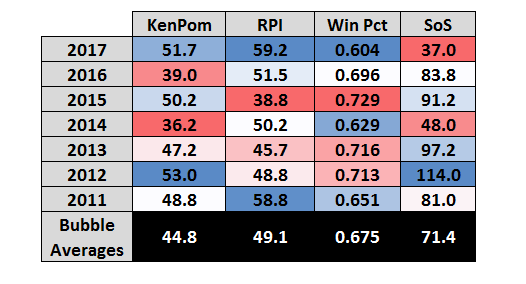Analysis: Do New Year’s Day Rankings Predict NCAA Tournament Destiny?
Posted by William Ezekowitz on January 3rd, 2019The turn of the calendar is a significant milestone for many college basketball fans. With the new year comes conference play, and, on the horizon, the NCAA Tournament. The games start to matter a little more. But can we use what happened before the turn of the calendar to predict the NCAA Tournament? Taking data from the past five years, I looked at New Year’s Day KenPom ratings to answer a few important questions. What I found may surprise you.
For reference, here were the New Year’s Day rankings for the top 60 in KenPom:



Now, for the questions:
Given where my team was on New Year’s Day, how likely is it to make the NCAA Tournament?
- #1-#20 – 99% likelihood. Breathe easy, KenPom top 20 fans! 2015 Florida missed the NCAA Tournament by struggling to an 8-10 record in the SEC after ranking 20th at the turn of the calendar. Every other team got at least a play-in game!
- #21 – #40 – 73% likelihood. This group has work left to do, and could very easily find itself on the outside looking in if conference play doesn’t work out.
- #40 – #60 – 41% likelihood. This is the true Bubble. Mid-major upstarts should still plan on winning their conferences, and power conference teams have considerable work still to do.
- #60+ – 8% likelihood of an at-large bid. 2016 Temple, a true hero, found its way to a #10 seed despite languishing at 131st at the turn of the New Year. Those Owls notwithstanding, teams below #60 in the ratings may need a minor miracle to get in without winning their conference.
Given where my team was on New Year’s Day, can it get a good seed?
Read the rest of this entry »




























